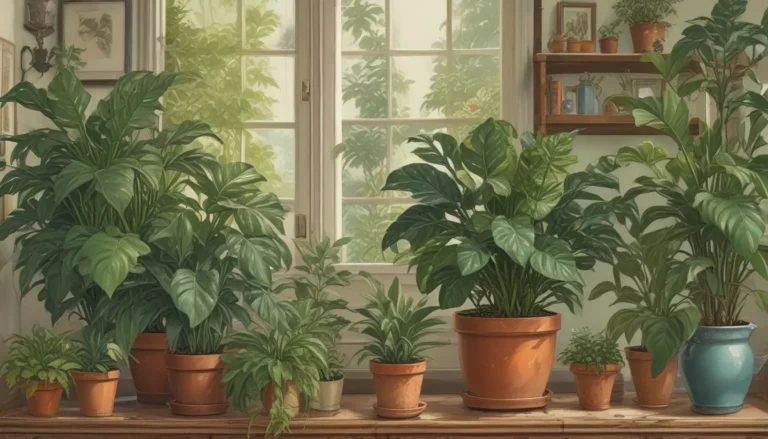Everything You Need to Know About Growing Ornamental and Hardshell Gourds

Most of us have tried our hand at growing common veggies like zucchini or pumpkins, but have you ever considered growing ornamental gourds? If not, it’s time to dive into the world of these unique vegetables that can add color and flair to your garden and fall decorations.
Why Grow Ornamental Gourds?
Ornamental gourds belong to the same family as zucchini and pumpkins, making them relatively easy to grow if you’ve had success with these veggies in the past. These gourds are not only beautiful, adding a unique touch to your fall displays, but they are also versatile. From decorating your garden to crafting musical instruments and birdhouses, the possibilities are endless with ornamental gourds.
What You’ll Learn
- Cultivation and History
- Propagation
- How to Grow
- Growing Tips
- Cultivars to Select
- Maintenance
- Managing Pests and Disease
- Harvesting
- Storage
Cultivation and History
Gourds belong to the Cucurbitaceae family and are grown best in USDA Hardiness Zones 3-10. The bottle gourd, originating from southern Africa, has been cultivated since 13,000 BC. There are two main groups of gourds: hard-shell and ornamental. Hard-shell gourds, such as the bottle, dipper, and penguin varieties, are typically dried after harvest and used for various crafts. Ornamental gourds, part of the Cucurbita genus, are known for their colorful and decorative fruits.
Propagation
There are various methods to start growing gourds:
From Seed
The easiest way to grow gourds is by directly sowing the seeds in the ground. Make sure to plant them in warm weather and nutrient-rich soil. You can also start seeds indoors to ensure a successful start.
Transplanting
Seedlings should be planted outdoors once they have developed four true leaves. Be sure to harden them off before transplanting to ensure a smooth transition.
How to Grow
Gourds are low-maintenance plants that thrive in sunny locations with well-draining soil. They require rich soil with added organic matter and regular watering. Trellising gourds is a space-saving option that also helps in fruit development and keeps them clean.
Growing Tips
- Plant gourds at least three to four feet apart.
- Trellis gourds to save space and protect them from insects.
- Secure plants to a support to prevent stem kinks.
- Cut vines back when they reach 10 feet in length to promote fruit growth.
Cultivars to Select
Explore different gourd varieties for your garden:
Daisy
A mix of colorful gourds perfect for fall displays.
Turks Turban
Large, brightly colored gourds with unique banding patterns.
Birdhouse
Ideal for making birdhouses and other crafts.
Maintenance
Gourds are low-maintenance plants that thrive on neglect. Avoid over-fertilizing and cut vines back to promote fruit development. Be cautious with water usage, providing about an inch of water per week.
Managing Pests and Disease
Pests like aphids and cucumber beetles can affect gourds. Use organic controls and avoid interfering with pollinators. Diseases like bacterial wilt and fungal infections can also occur. Preventive measures include crop rotation and organic treatments.
Harvesting
Harvest gourds when the stems and tendrils turn brown. Allow them to dry on the vine for optimal storage. Wait until gourds feel light and are fully dried for crafting purposes.
Storage
Store gourds in a dry, well-ventilated space for long-term use. Keep them between 55-61°F for optimal storage. Gourds can take one to six months to dry completely.
Get Going with Growing Gourds
Ready to add some flair to your garden with ornamental gourds? These versatile vegetables offer endless possibilities for fall decorations and crafting projects. Share your favorite gourd varieties and experiences in the comments below!
Continue Your Gardening Journey:
- Your Summer Squash Growing Guide
- The Complete Guide to Growing Winter Squash
- Smoother Skin from the Garden? Learn to Grow Loofah
Whether you’re a seasoned gardener or just starting, growing ornamental gourds can be a rewarding and creative experience. Dive into the world of gourd cultivation and explore the beauty and versatility these unique vegetables have to offer.





